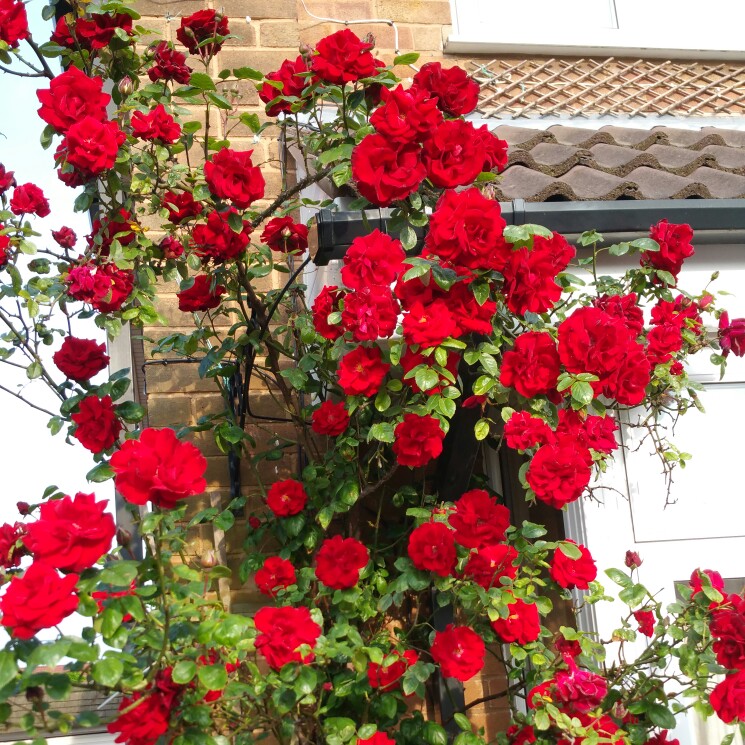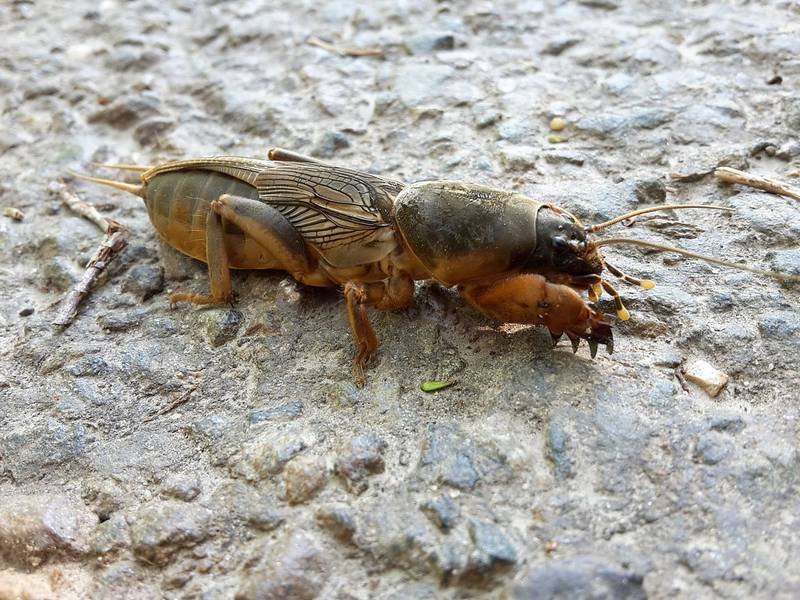Content:
Rose is a representative of the Rosehip genus of the Pink family. The shrub is cultivated by humans for decorative purposes. In the process of flowering, beautiful lush buds appear on the plants, which attract the attention of people, cause their admiration.
The birthplace of roses, as suggested by many historians, is the Middle East. Culture was widespread in Ancient Greece. There she was considered a gift from the gods. It was actively grown in gardens as well as in pots. On many preserved ancient monuments, you can find the image of roses.
The modern rose is a product of selection and crossing of wild rose hips. Currently, there are many varieties and varieties of roses.
This article provides information on the popular Santana variety. In addition to the history of breeding and agricultural technology, the advantages and disadvantages of this plant will also be described. Climbing rose Santana - its description and key features are given below.
History of the origin of the variety
The history of breeding this beautiful variety is associated with the name of the German breeder Matthias Tantau. He was a big rose lover and worked in a rose nursery early in his career. Having gained experience and knowledge, he founded his own nursery in 1906. A decade later, he actively began to create new varieties of roses. In 1919, his new varieties were presented at one of the exhibitions.
Rose Santana was created after the death of Tantau. This variety was bred by the breeders of the Rosen Tantau company, the founder of which was the famous breeder. The ancestors of the Santana Rose variety were Max Graf and Vishurana roses. The hybrid variety Santana was officially registered in 1985. The author is breeder Hans Jürgen Evenson.
Morphological and biological characteristics
Santana is a climbing rose that is considered one of the most beautiful.
Thick green leaves are located on branched shoots, which are sometimes even on the ground. The stems branch well and are close to the ground. The leaves have a decorative look, so the bush looks beautiful even without flowers.
Flowers take on a tea-like shape and a pleasant delicate aroma. Bright, red and dark red, the petals have a velvety surface pleasant to the touch. Each branch is covered with buds during flowering. Flowers remain until the first frost. The bush easily tolerates rain - flowers do not fade.
The bush itself reaches a height of up to 3 meters. The diameter of the flower is about 10 cm. The flowers are very beautiful at all stages of flowering. Roses do not grow separately from each other, but are collected three pieces in a brush and are evenly distributed throughout the shrub.
The plant can tolerate cold, but it is still better to grow it in warm conditions.
It is also important that the Santana variety is perfect for vertical gardening.
Agricultural technology of cultivation
For the successful cultivation of the Santana rose, a number of conditions must be met.
Choosing a place and planting seedlings
It all starts with choosing a place where the rose bush will grow.This should be a well-ventilated area without strong drafts. Sunlight and warmth are a must. If the planting site is selected successfully, then the bush may bloom the next season.
It is believed that the area for a climbing rose should have a large area. In fact, this is not the case, and the Santana rose is not too demanding on the degree of spaciousness. As a rule, the area for the shrub is 50 × 50 cm. A hole is dug in advance, into which fertilizer must be applied. Most often, manure is used as a fertilizer. One bucket of manure is needed per plant. It will be valid for 2 years. Then top dressing should be carried out. We must not forget about adding water to the hole during planting.
After completing the planting of the rose, you need to prune and remove the top of the bush. The height of the shrub after pruning should be 20-30 cm. This is necessary for further extensive and lush branching.
Plant care
Having planted a rose in the first year of life, you need to actively look after it.
The following actions are required:
- watering,
- trimming,
- feeding,
- disease and pest control.
Watering should be done once a week. If rainy weather is observed, then much less often.
It is necessary to carry out pruning in a timely manner to form a bush. If this is not done, the plant will bloom poorly and be affected by diseases. In addition, pruning gives the plant a more decorative look. The rose belongs to climbing, therefore, if not looked after, it will form ugly long thickets. Uneven branches, young shoots are cut off.
When pruning, you need to remember that flowers are formed on last year's shoots, so you do not need to remove them. You need to cut off last year's branches carefully, only the tips, and then if there are no buds on them. It is also advisable to prune before winter. The longest shoots should be removed. You need to perform operations with a knife, which must be disinfected in advance.
Organic and mineral fertilizers are suitable as top dressing. Both mixtures and complex fertilizers for roses sold in stores are suitable.
Pests and diseases
Climbing rose Santana is resistant to pests and diseases. However, you still need to monitor the possibility of infection.
All sections must be treated with garden pitch in order to avoid infection. It is also necessary to comply with all agrotechnical measures: choose the right site, taking into account the biological characteristics of the variety, carry out the correct planting of seedlings, periodically water, weed, apply fertilizing and trim. Then the risk of infection will be noticeably lower.
The main diseases include:
- Bacterial cancer (roots are affected, on which tubercles are formed). For prevention purposes, it must be treated with copper sulfate.
- Powdery mildew (is a white bloom on the leaves). Affected plants need to be pulled out and burned to prevent the spread of the disease in the garden.
- Black spot (black spots on leaves and stem). The affected roses must be removed and burned. The disease manifests itself with a lack of potassium and phosphorus.
Pests that can cause significant harm to plants:
- ticks,
- pink aphids,
- bear.
In the event of the appearance of these individuals on plants, the use of chemical means of protection is appropriate.
Advantages and disadvantages
Like any product, Santana has its pros and cons. There are, of course, more advantages than disadvantages.
- unpretentious to growing conditions;
- does not require more care;
- resistant to most diseases and pests.
In addition, the decorative component of the plant deserves special attention. Lush bright shrub with beautiful large flowers literally mesmerizes the eye.
Among the disadvantages, first of all, there is a weak scent of roses. It is there and even felt from a distance, but still not as tangible as in many other varieties.
Some gardeners also report frost intolerance.
Summing up, it is worth noting that the pluses clearly prevail over the minuses, which is why the Santana rose has become so popular with flower lovers. The flower is grown by both ordinary people and landscape designers, using the variety to decorate walls, gazebos and arches.
















